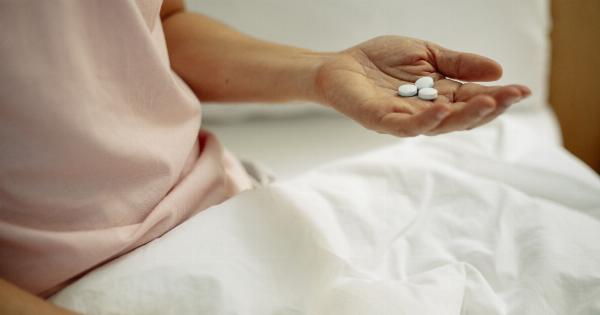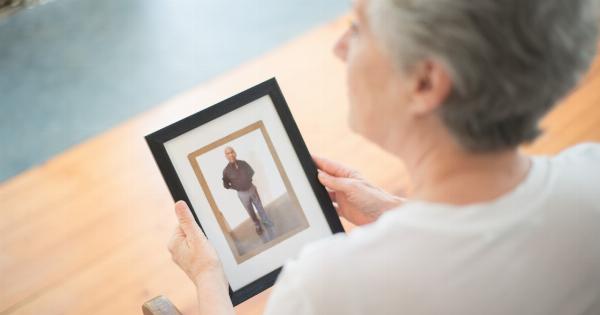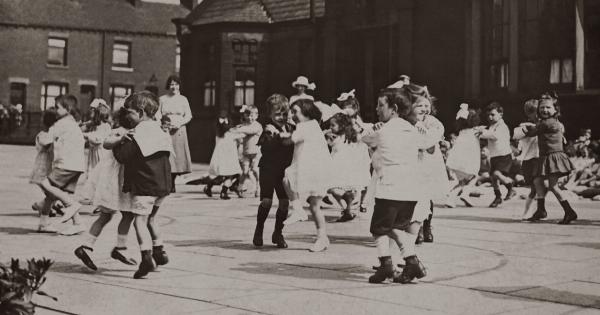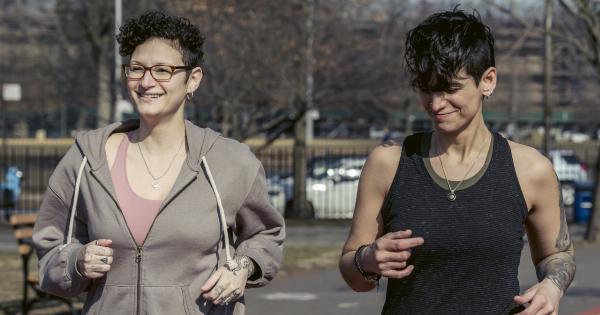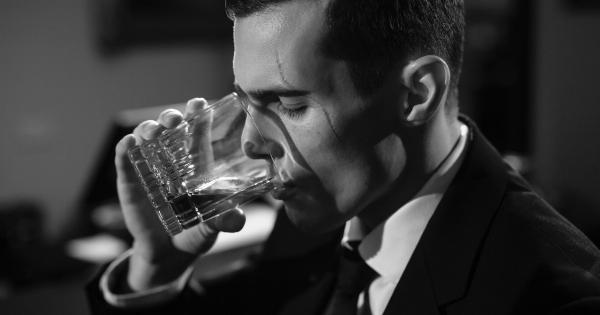Orthostatic tachycardia, also known as postural orthostatic tachycardia syndrome (POTS), is a condition characterized by an abnormally high heart rate upon standing up.
This condition can be debilitating for those affected, leading to symptoms such as dizziness, lightheadedness, and fainting spells. Understanding the symptoms and treatment options for orthostatic tachycardia is crucial in managing this condition effectively.
Symptoms of Orthostatic Tachycardia
The primary symptom of orthostatic tachycardia is an increased heart rate upon standing. Normally, when a person stands up, gravity causes blood to pool in the legs.
To compensate for this, the heart beats faster to maintain blood flow to the brain and other vital organs. However, in individuals with orthostatic tachycardia, this compensatory mechanism goes into overdrive, causing the heart rate to spike significantly.
Along with an increased heart rate, individuals with orthostatic tachycardia may also experience a range of other symptoms, including:.
- Dizziness
- Lightheadedness
- Fainting or near-fainting episodes
- Shortness of breath
- Chest pain
- Headache
- Brain fog or cognitive impairment
- Extreme fatigue
- Gastrointestinal issues (such as nausea or constipation)
- Exercise intolerance
Causes of Orthostatic Tachycardia
The exact cause of orthostatic tachycardia is not well understood. However, several factors are believed to contribute to its development. One common underlying issue is blood volume dysregulation.
In some individuals with orthostatic tachycardia, the body does not properly adjust blood volume when changing positions, leading to inadequate blood flow to the brain. This triggers the compensatory response of increased heart rate.
Other potential causes and contributing factors may include:.
- Autonomic nervous system dysfunction
- Hyperadrenergic states (elevated levels of adrenaline and noradrenaline)
- Connective tissue disorders
- Genetic predisposition
- Autoimmune conditions
- Hormonal imbalances
- Chronic dehydration
- Infections
Diagnosing Orthostatic Tachycardia
If you suspect you may have orthostatic tachycardia, it is important to consult with a healthcare professional for an accurate diagnosis.
Several tests can help confirm the presence of this condition and rule out other potential causes for your symptoms.
Some common diagnostic tests include:.
- Tilt table test: This test measures changes in heart rate and blood pressure while the patient is tilted at various angles.
- Autonomic function testing: These tests evaluate the overall function of the autonomic nervous system, which controls involuntary body functions such as heart rate and blood pressure regulation.
- Exercise stress test: This test monitors the heart’s performance during physical exertion, helping to evaluate exercise tolerance and potential triggers for symptoms.
Treatment Options for Orthostatic Tachycardia
While there is no cure for orthostatic tachycardia, several treatment approaches can help manage symptoms and improve quality of life. The choice of treatment depends on the underlying causes, individual patient factors, and symptom severity.
Some common treatment options include:.
- Lifestyle modifications: Adjustments to daily habits can help manage orthostatic tachycardia. These may include increasing fluid and salt intake, avoiding triggers like heat and alcohol, and engaging in regular, gentle exercise.
- Medications: Various medications can be prescribed to help control heart rate and manage symptoms. Commonly prescribed medications include beta-blockers, which slow down the heart rate, and certain types of antidepressants.
- Physical therapy: Specific exercises and therapy techniques can help improve blood flow, strengthen muscles, and reduce symptoms. Physical therapists with experience in orthostatic tachycardia can design individualized programs for patients.
- Supportive treatments: In some cases, additional interventions may be necessary, such as compression stockings to prevent blood pooling in the legs or intravenous fluid infusions to improve blood volume.
- Counseling and psychological support: The chronic nature of orthostatic tachycardia can take a toll on mental health. Seeking counseling or joining support groups can provide emotional support and strategies for coping with the challenges of this condition.
Living with Orthostatic Tachycardia: Coping Strategies
Orthostatic tachycardia can significantly impact daily life, but with the right strategies, individuals can manage their symptoms and improve their overall well-being. Here are a few coping strategies to consider:.
- Listen to your body: Pay attention to your symptoms and adjust your activities accordingly. Rest when needed and pace yourself to avoid overexertion.
- Maintain a healthy lifestyle: Eat a balanced diet, stay hydrated, and get enough sleep. These factors can influence symptom severity and overall well-being.
- Plan and prioritize: Manage your energy levels by breaking tasks into smaller, more manageable segments. Prioritize essential activities and delegate or eliminate non-essential tasks when possible.
- Communicate with others: Inform your friends, family, and coworkers about your condition so they can offer support and understanding. Educating others about orthostatic tachycardia can help create a supportive network.
- Embrace stress-reducing techniques: Incorporate stress management techniques into your daily routine, such as deep breathing exercises, meditation, or gentle stretching.
Conclusion
Orthostatic tachycardia, or postural orthostatic tachycardia syndrome (POTS), presents numerous challenges for those affected. The constellation of symptoms, which includes an increased heart rate upon standing, can significantly impact daily life.
However, with appropriate diagnosis and treatment, individuals with orthostatic tachycardia can manage their symptoms and improve their quality of life.

